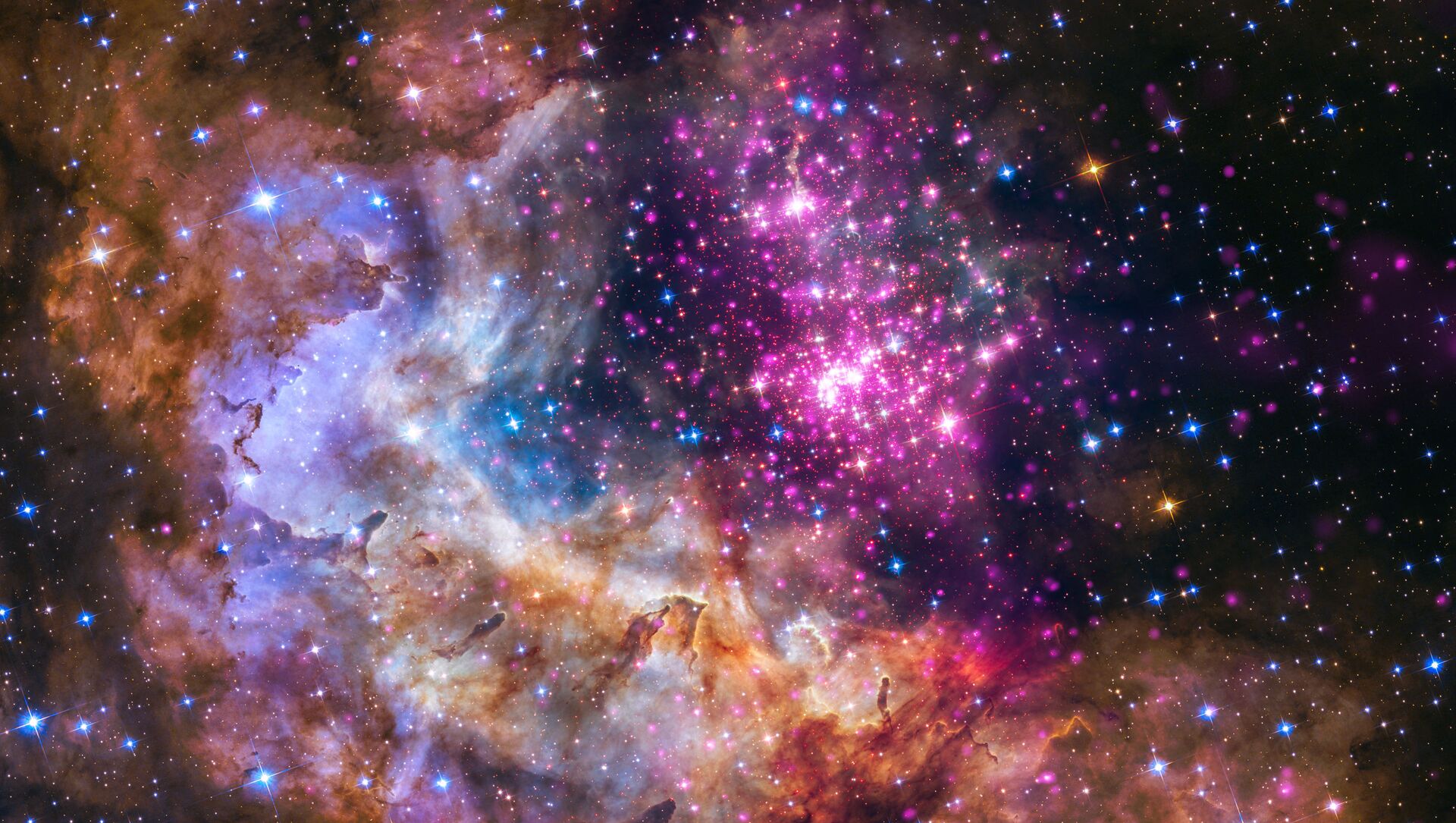Astronomers have found evidence that cosmic filaments are rotating on a scale of hundreds of millions of light-years. A cylindrical structure of dark matter, these filaments are extended throughout the intergalactic space as a bridge between galaxy clusters. They are strands of the cosmic web through which galaxies and star-forming material are channelled into the cluster nodes.
The two teams of scientists comprising Mark Neyrinck, a cosmologist at the University of the Basque Country in Bilbao, and his colleagues, and Noam Libeskind, a cosmologist at the Leibniz Institute for Astrophysics Potsdam in Germany and his colleagues shared the outcomes of the observations that is published in Nature Astronomy journal.
These filaments are the universe’s largest known structures and contain the majority of the universe’s mass. To test the rotation, Mark Neyrinck, and his colleagues used a 3-D cosmological simulation to measure the velocities of dark matter clumps as the clumps moved around a filament.
Astronomers just detected possibly the largest rotating structures in the Universe. 🤯#Universe #CosmicWeb #CosmicRotation #Dopplershift #CosmicFilament #DarkMatterhttps://t.co/nbMPswlAEL via @ScienceAlert pic.twitter.com/X8EWDjCtMD
— Cara SM, Vaccinated (@CaraSantaMaria) June 17, 2021
Using the Sloan Digital Sky Survey, the team mapped galaxies’ motions and measured their velocities perpendicular to filaments’ axes. According to the team, during the Big Bang matter didn't rotate but when the formation of stars and galaxies were complete they began to spin. So far, galaxy clusters are the only known largest structures that rotate.
“Conventional thinking on the subject said that’s where spin ends. You can’t really generate torques on larger scales,” Noam Libeskind, a cosmologist at the Leibniz Institute for Astrophysics Potsdam in Germany informed the media.





